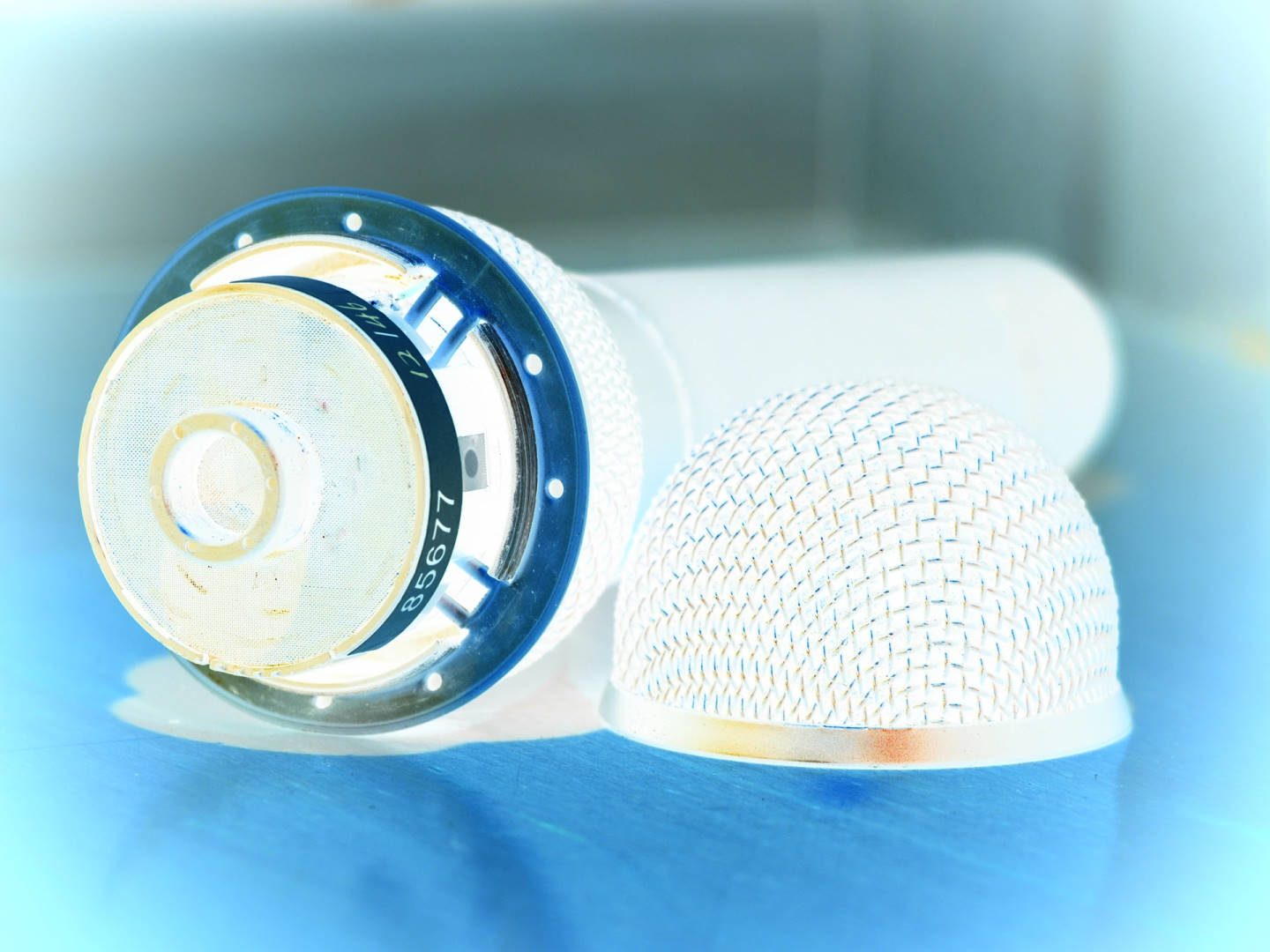Passive, cardioid subwoofers? We have passive, cardioid mics.
Please Remember:
The opinions expressed are mine only. These opinions do not necessarily reflect anybody else’s opinions. I do not own, operate, manage, or represent any band, venue, or company that I talk about, unless explicitly noted.

 Want to use this image for something else? Great! Click it for the link to a high-res or resolution-independent version.
Want to use this image for something else? Great! Click it for the link to a high-res or resolution-independent version.In the spring, I finally became a homeowner. That means I have a yard, and that means I have time for podcasts.
Seriously, podcasts make lawn mowing interesting.
It’s especially interesting when you get to hear Dave Gunness talk about his career. And then, Mr. Gunness goes into how to build a passive, cardioid subwoofer, and everything comes full-circle.
What I mean is, a lot of us with anything that even halfway resembles a traditional education in audio are taught that speakers and microphones are inverted versions of each other. One’s an input, and one’s an output – and you can even turn a speaker into a microphone if you wire a connector in the correct way.
What we don’t always realize, though, is that the inversion works “all the way down.”
The Gunness-built, passive cardioid subwoofer, when described in any sort of detail makes a person go, “Of course!” The entire idea is that radiation from inside the box goes through acoustical filtering that causes a tuned null at the rear. This filtering causes some difficult resonances that have to be dealt with.
And that’s exactly how a cardioid microphone works, if it’s a passive unit. An acoustical phase-changing network causes the incoming radiation from the mic’s rear to cancel out when it reaches the front of the microphone. Creating an effective version of the network requires careful tuning, because some nasty resonances can result. (The exact methods for doing so are trade secrets to the microphone companies.)
It’s. All. The. Same. Concept.
It’s yet another example of how everything in this business is made of the same “physics blocks.” You can make pretty much anything you want if you understand what the parts are.
It makes me wonder if a line-array of microphones might have an interesting application…